Kids Toys for every Age
You’ve probably seen the child’s concentration when trying to catch a ball in midair or fit a square block in a square hole. This is playtime. Toys are tools in the trade.
This is an age-specific guide on how children play and the toys that help them understand the world and develop social and emotional skills.

How Babies Play
Exploration is the main focus of play in the first year. Babies explore the world around them using their five senses. Do objects feel hard or soft? Is it sticky or rough? What happens if it gets dropped? Or, put it in your mouth. Play is mainly about “tasting” an object or biting it and then shaking, banging or dropping it.
Play becomes more complex and coordinated when your baby has new motor skills. Take this example:
- Babies reach out for and grab objects as young children, such as a rattle, at around 4 months of age.
- They can pass that rattle between their hands within 6 to 7 months.
- A new pincer grasp, which was developed at 9 months old, makes it easier for babies, especially to pick up small objects like blocks or other toys that are age-appropriate.
Play is often a solo activity during this period, but by the end of the year, it is more common to play side-by-side and mimic activities with other babies.
Your baby is your favorite playmate for the moment. Did you ever try to dance a puppet in front your baby, only for him to grab it and pull it towards his face? Have you ever seen your baby squeal in delight and anticipation when you approach him and say, “I’m going to get you!”
These interactions will help your baby understand language, social relations, cause-and effect, and how they interact with others. Babies are ready to move on to the next stage of their development, which is understanding how the world works.
Smart Toys for Babies
- Mobile Nursery. Objects that dance above a baby’s head when they lie in a crib stimulate their vision and increase attention span.
- Mirror. At first, your baby will be fascinated by the mirror’s changing faces and expressions. Your baby will soon realize that the smiling, drooling baby looking back at you is actually a reflection. As babies learn more about their bodies and where they are located, they will become more aware of their own self.
- A stack of ring stacks. This classic plaything features a cone that can fit different sizes of colored rings. Babies love to hold and chew the rings at first. Later, babies learn fine motor skills by fitting the rings onto a cone. As you stack the multicolored rings, toddlers learn about numbers and colors.
- Push-pull toys. They help your child move from being a couch-surfer to a walker. Pushing and pulling helps babies develop the muscles needed to become runners and climbers. In the later years of their toddler years, they can also use them to control their speed.
How Toddlers Play
Toddlers are beginning to understand the functions of objects. They love to stack blocks and to talk into their toy phones. Pretend play is a concept that can be started now. Your child might make “choo choo!” noises and tuck a doll into bed, or push a toy train while pushing it.
This is the foundation for preschool play. Your child will be able to use the oven timer in the play kitchen, or ring the bell in a pretend firetruck, and this will show that they understand the purpose of each item.
Your toddler will also learn to distinguish colors and shapes. Choose toys that are colorful and easy to hold for your toddler. Most toddlers are able to kick a ball and scribble with crayons by age 2. They can complete simple puzzles by age three and ride a tricycle.
Expect to see lots of repetition because that’s how little one learns new skills and gains control over the world around him.
Smart Toys For Toddlers
- Balls. They can be bounced, rolled or caught and thrown to improve gross motor skills, hand eye coordination, and dexterity.
- Shape-sorting toys. Pegboard Puzzles, nesting blocks or cups, and buckets with holes to hold different shapes of blocks all require hand-eye coordination and problem solving skills.
- Mechanical toys. “Busy” boxes and pop-up toys with buttons, knobs and levers promote fine motor skills, problem solving and problem solving.
- Role play toys. Children learn about the world through imitating you and other influential adults’ actions. Toys and stuffed animals encourage pretend playing (e.g., a tea party for teddy bears). They encourage social and emotional development through teaching children how to express emotions, take care of their loved ones, and help them to be more emotionally stable.
Preschoolers: What They Do
Babies use the five senses to explore objects. Toddlers begin to understand how objects work. As preschoolers, toys and other objects will be used for their intended purposes, but they will also imagine other possibilities. A blanket placed over a coffee table can be transformed into a secret clubhouse. You can make pizza pies by modeling clay that you are asked to “taste.”
Preschoolers see the world as a place of wonder and unlimited possibilities. Many preschoolers believe they have magical abilities and can defeat “monsters”, or transform into princesses, fairies, or any other whimsical creature.
Your preschooler may often pull you into a fantasy world and expect you to join in. This is also when imaginary friends might “appear.” This is a crucial part of children’s development as it helps them to work through their fears, anxieties and hopes.
The world is also a stage. Expect to hear lots and lots of “mommy daddy, watch!” Your preschooler will learn new tricks and need your support to succeed. Preschoolers learn to share and cooperate with one another, which makes them more open to making friends.
Play becomes more complicated when you pretend. Preschoolers have a greater knowledge of the world than adults, so don’t be surprised if they know how to use electronic gadgets and make toys like a radio-controlled car.
Play becomes more physical. You don’t have to walk when you can jump, hop, and skip.
Smart Toys for Preschoolers
- Arts & crafts
- Construction sets and blocks. Building and repairing a tower encourages problem solving and hand-eye coordination. Children in preschool use their imaginations and simple construction sets to build vehicles, buildings, animals, etc.
- Puzzles. Jigsaws improve coordination and dexterity. They also teach spatial relationships (where things are relative to each other) and logical thinking.
Big Kids: What They Do
Elementary school age children are now more accomplished than ever before. They have a better understanding of the world and are now able to master skills once considered difficult, such as braiding friends’ hair or catching a ball.
This is also the time when talents and interests can take root — a 4-year old who loved story time might grow to love reading; or a 5-year old who listens to music might want piano lessons.
The development of physical abilities such as large and fine motor skills is underway. Children learn how to ride a two-wheeler and glide on skateboards. Children learn to make more complex arts and crafts, such as making friendship bracelets and drawing comic strips.
Peer relationships are more important than ever. Your child may be more interested playing with their classmates than they are with you. Remember that your child is still the most important person in their lives, so make sure to have some one-on-1 time. Family game nights are a great way to bring everyone together.
Now is the right time to explore new adventures such as off-road cycling that your children couldn’t do when you were younger.
Smart Toys for Big Kids
- Learn to jump rope. Kids learn to play with their friends and share the responsibility of taking turns. Jumping and all the coordination required encourages motor development as well as problem-solving skills.
- Card and Board Games. Card games such as “war” or the “crazy eights”, and board games such as checkers and chess teach strategy, turn-taking and negotiating rules. Encourage cooperation and teach your child how to manage emotions associated with losing as well as winning.
- Music instruments. Learning how to play the guitar, piano, or other instrument improves listening skills, fine motor skills, and attention skills.
- Science toys. Binoculars and telescopes, as well as other toys that encourage discovery and problem-solving, can help to improve science and math skills and stimulate imagination.
The Perfect Toy
The activities can all be done independently: a baby looking at a mobile, a toddler stacking blocks, a preschooler painting with watercolors; and a baby staring at a phone.
But don’t underestimate your role. It was you who set up the mobile and turned it on for your baby. Your baby’s first experience with stacking blocks was when you did it. You can also sit with your children and read, color, or paint a story together. This gives them the attention and security they need to feel loved and secure.
Toys can be a tool for helping children develop but it is the parents who must nurture that growth.

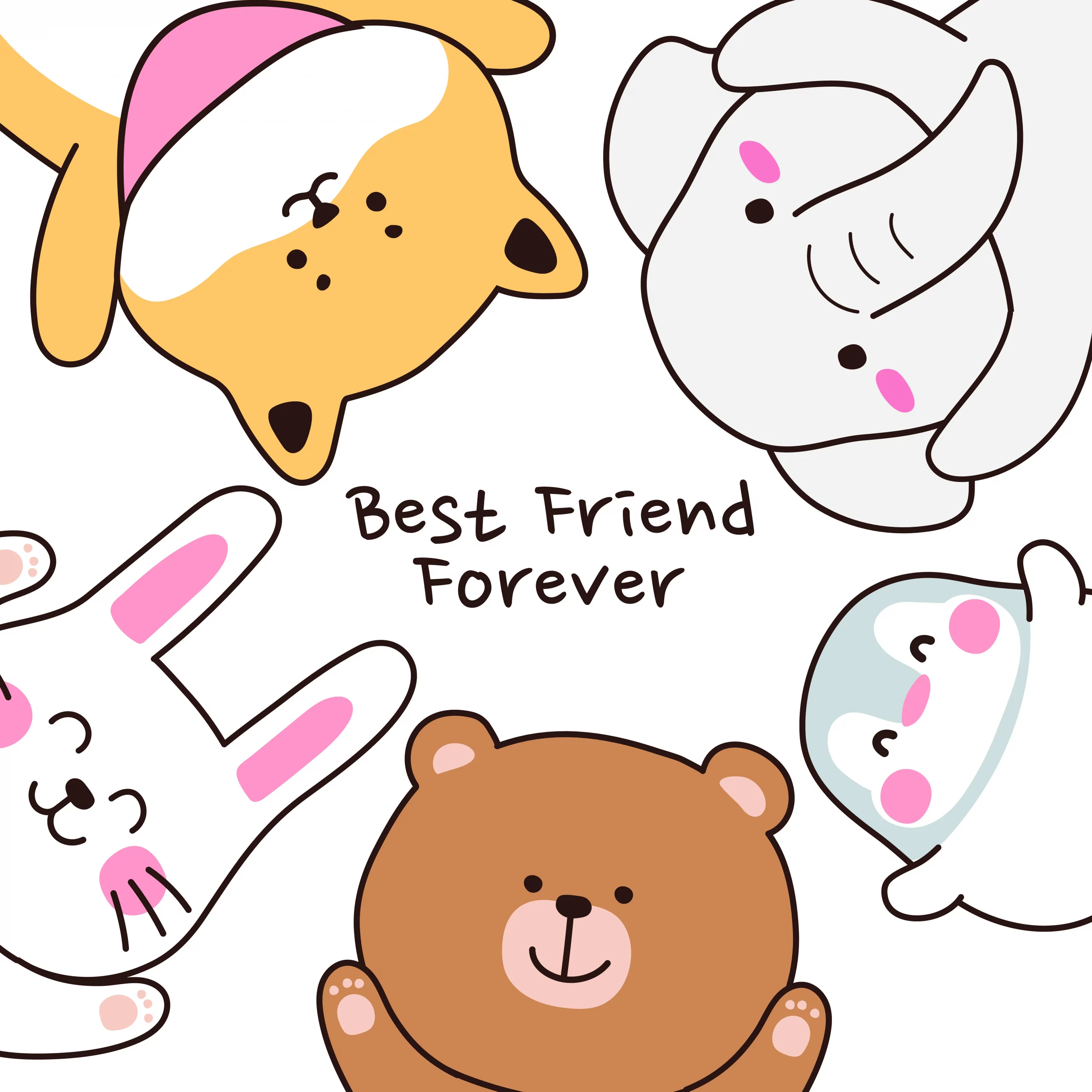
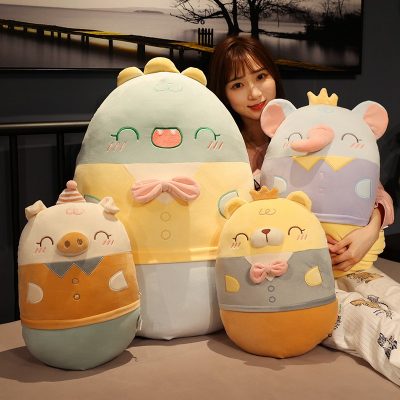
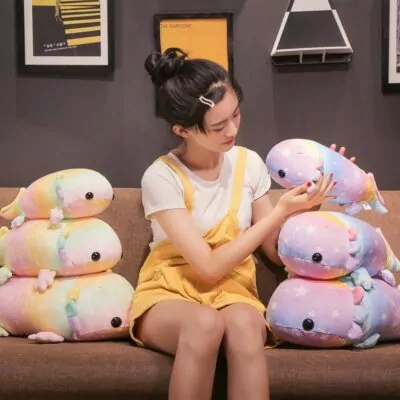
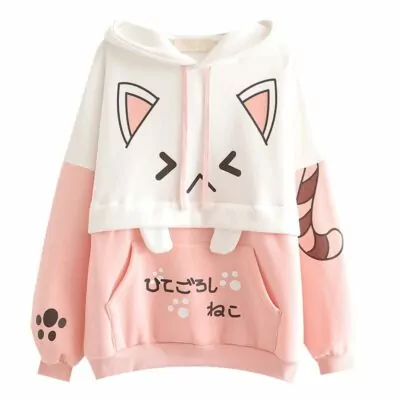
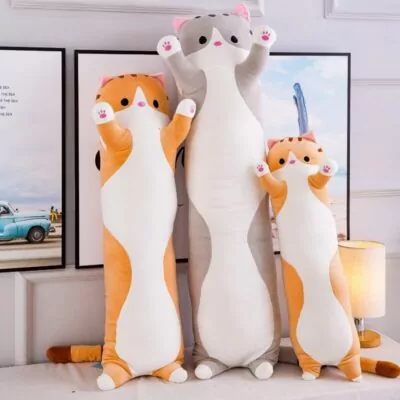
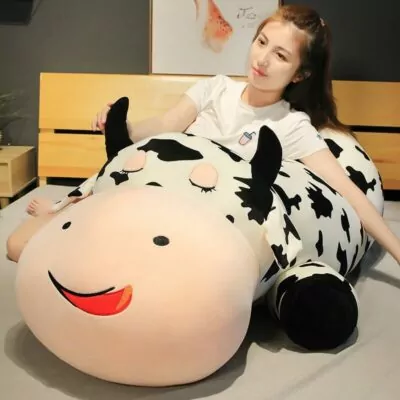
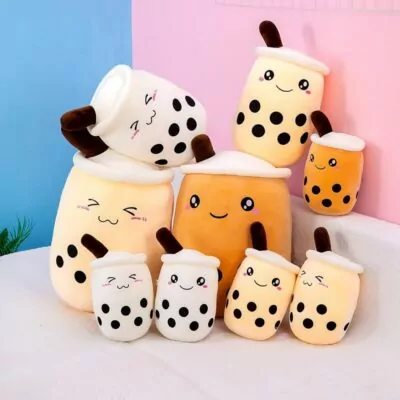
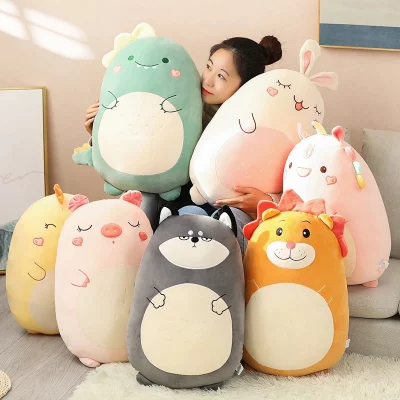
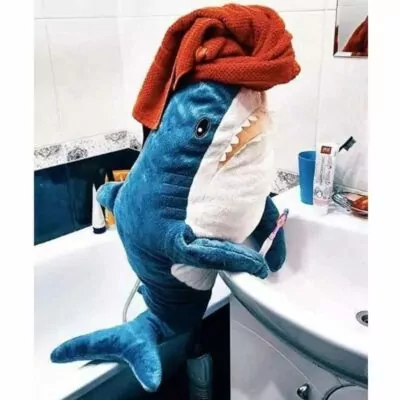
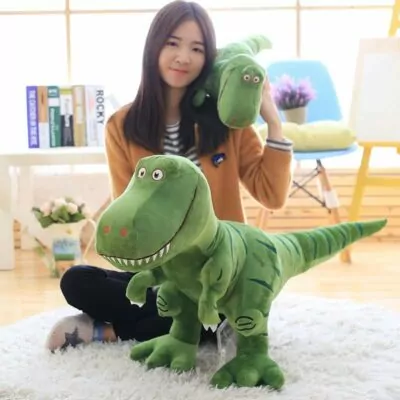
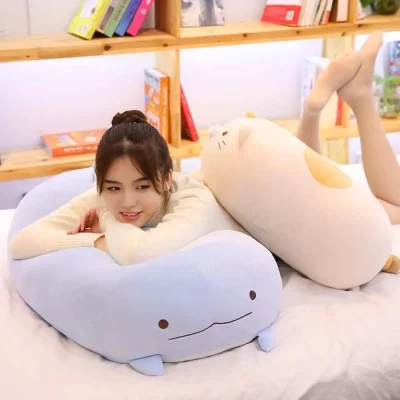
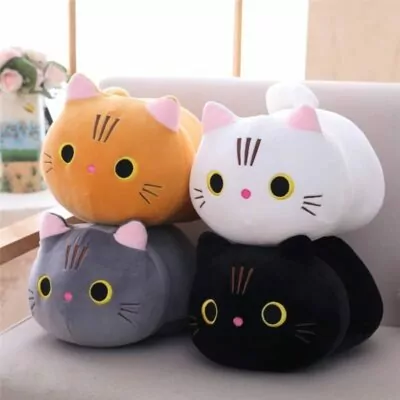
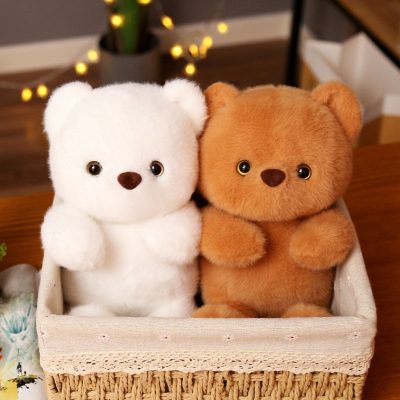
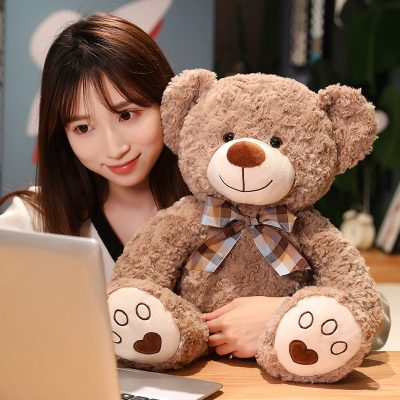
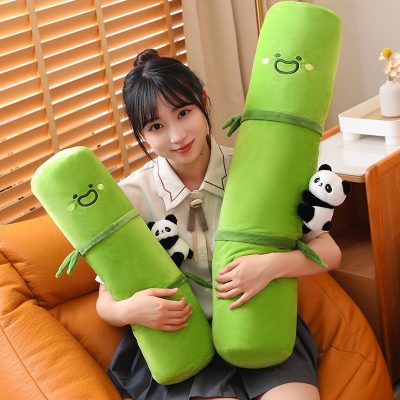
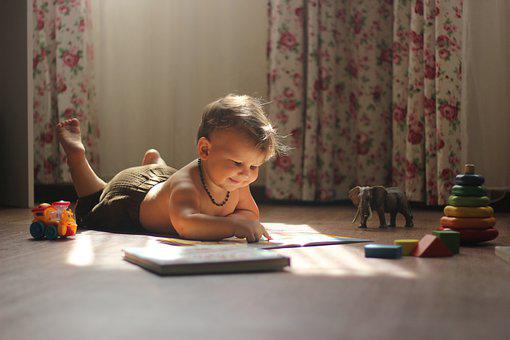
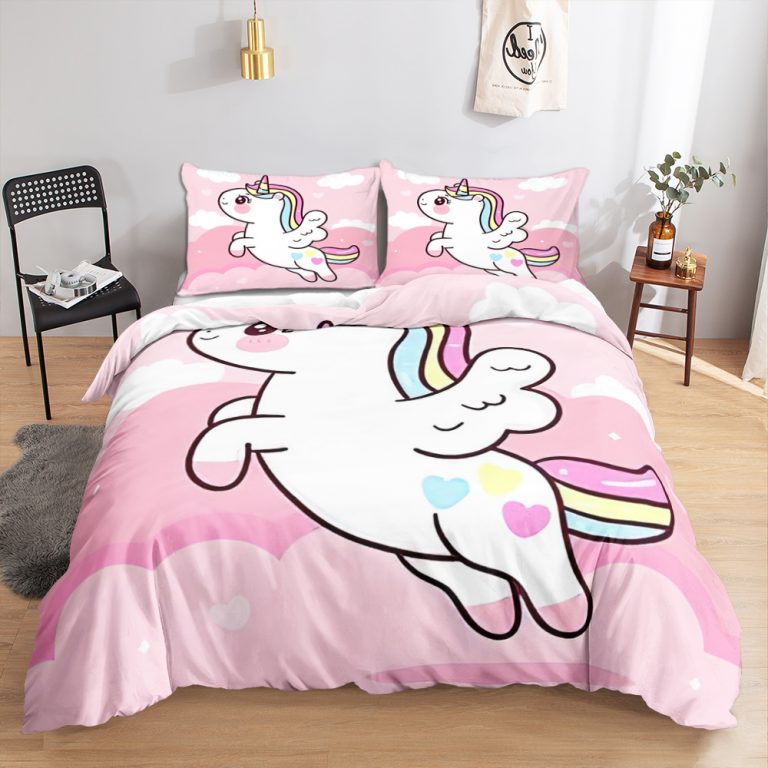
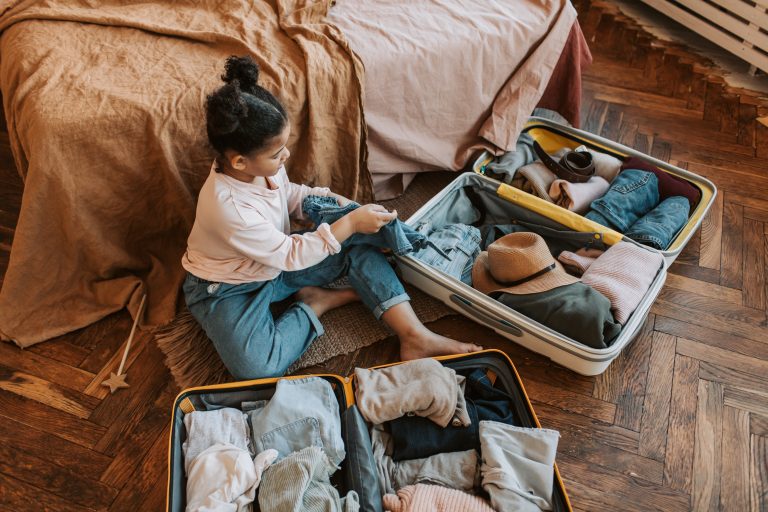




Leave a comment
You must be logged in to post a comment.